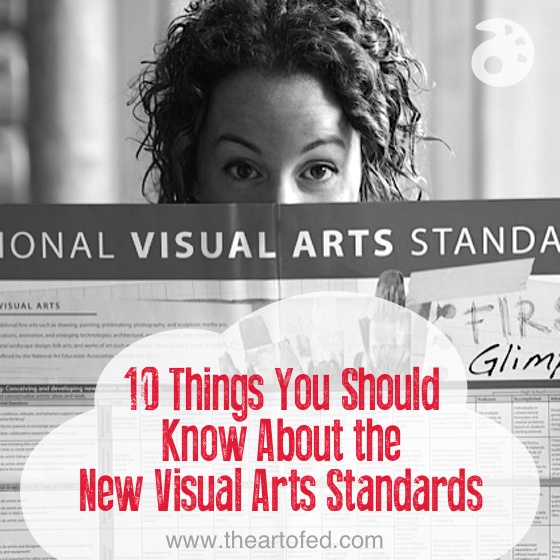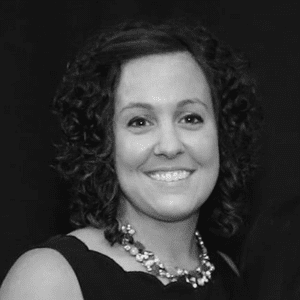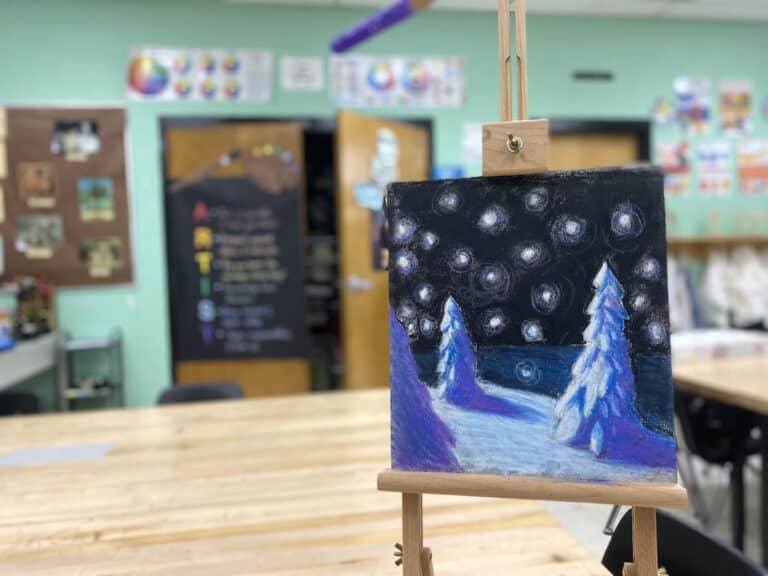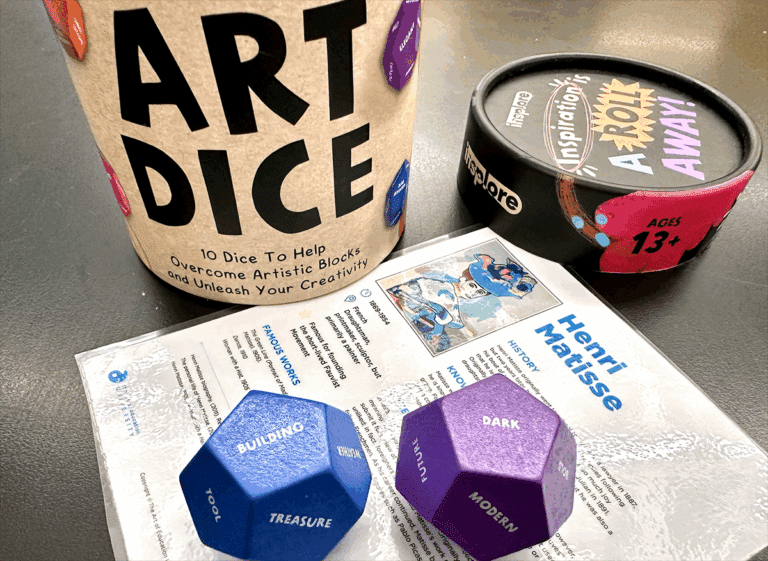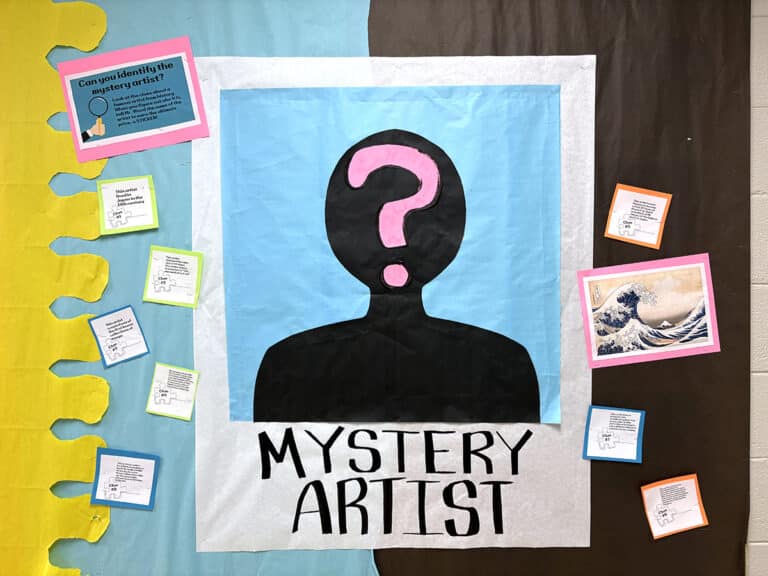With the release of the New Visual Art Standards this summer, art teachers all over the country are aiming to make sense of this huge change for art education: Where do I start? What does this mean for my teaching? When should I start implementing them? Because looking at everything at once can be overwhelming, I’ve developed this short list to help you decode the basics.
10 Things You Should Know About
the New Visual Art Standards
1. The standards are voluntary.
So, why on earth would everyone be making such a stink about something that isn’t even required? Because standards help make our profession more respected and valued. They ground us. They help us connect to best practice in our field. In essence, standards are a vital part of keeping our profession vibrant and alive.
2. The standards support BIG ideas.
This way of thinking might be a shift for you. We aren’t talking about things such as Primary vs. Secondary Colors. The standards are broad. They are over-arching. They are meant to be infused at many levels of your teaching, not simply checked off a list during a “one and done” lesson. I’ll talk more about this idea tomorrow when I share a sample unit.
3. The standards go beyond “Creation.”
You may have noticed the four categories of CREATING, PRESENTING, RESPONDING and CONNECTING. Creation is just one of the categories. It is still the most important, and should make up the bulk of your curriculum, but the standards will help you think about all aspects of your teaching and student inclusion throughout the entire artistic process.
4. The standards will push you out of your comfort zone.
Something that seems time consuming, like involving the students in displaying their own artwork for the Presenting category, can easily cause panic among art teachers, but it doesn’t have to. Just choose one new thing to incorporate at a time. Take it slow, and think about how it will benefit your students instead of thinking of it as another thing to add to the To Do List.
5. You need to take time to study the standards.
It’s easy to become overwhelmed with something you aren’t familiar with. I would suggest simply reading over the standards as a first step to get used to the wording and formatting. You will soon see that you are already implementing many aspects of the standards, as well as see areas in which you can improve to create a well-rounded curriculum for your students. This is good! This is growth!
6. The standards are a goal to continually work toward, not a destination.
You won’t perfectly use all of the standards in your first year of implementation. Don’t beat yourself up. It’s a process, and each year you will find more ways to infuse the standards into your curriculum in new ways. Start with one grade level as a pilot, and gradually add as you go.
7. The standards do not make up your new student report card.
They may be called Standards, but they are not meant to be used as a part of a “Standards Referenced Grading System.” In other words, these aren’t the learning outcomes you will put on your report card. You will still be able to choose those specific learning outcomes. The standards will be infused in everything you teach. You can, however, assess them – see #8.
8. The standards aren’t complex to assess.
For example, you could use simple exit slips to assess students’ knowledge of the following standard: Grade 3: VA: Pr5.1.3a: Identify exhibit space and prepare works of art including artists’ statements, for presentation. After writing short artist statements and hanging the work, students would fill out an exit slip stating why an artist writes an artist statement.
9. The standards aren’t limiting.
The standards can accommodate every style of teaching. Yes, I am talking to you TAB art teacher on a cart! The standards are open ended enough for any teacher to easily incorporate, regardless of philosophy, teaching style or tricky circumstances. It’s nice that the standard writers recognized that no one likes to be told WHAT to teach WHEN and developed the standards accordingly.
10. The future is bright!
The New Visual Arts Standards are a positive and exciting change for art education. Keep in mind that change takes time. You don’t have to have your entire curriculum linked to all of the standards right away. By starting slowly and doing some research, you will be more prepared than ever to take on the challenge this year.
Tomorrow we will share a sample unit to help you see how easy it can be to hit many standards within one unit and to help you see how transparent the standards really are! Babysteps, folks!
What are some questions you still have about the New Visual Art Standards?
What are some things you like about them? What makes you nervous?
Magazine articles and podcasts are opinions of professional education contributors and do not necessarily represent the position of the Art of Education University (AOEU) or its academic offerings. Contributors use terms in the way they are most often talked about in the scope of their educational experiences.

